1 February 2017
Yves Béhar likes to talk about the future. For him designing means making improvements to people’s lives and to the environment in which they live. Sustainability and responsibility are the lodestars of a creative energy that has been applied to global brands like Puma, Samsung, Issey Miyake, Herman Miller, SodaStream and Prada, as well as to innovative companies like Jawbone or programs of social development like the celebrated One Laptop per Child initiative. The avowed ambition of the forty-nine-year-old from Switzerland is “to come up with designs that make the world a better place.” The fact is that, while born in Lausanne, he studied in California, absorbing the spirit of the West Coast of America where everything is focused on the future. In San Francisco, in 1999, he founded Fuseproject, the multiple award-winning studio of design that has been the subject of exhibitions in several countries. Yves Béhar is convinced that “design accelerates the adoption of new ideas,” and has carved out a role for himself as a catalyst in a process that hinges on using the energies of the present to create the forms of the future. The headquarters of Fuseproject is in the neighborhood of Potrero Hill. It is reminiscent of a hangar used for the construction of aircraft, but is actually a workshop where new worlds and scenarios that are at last sustainable are being developed. Here Béhar has everything within reach: the sea, the Golden Gate and his family, with four children.
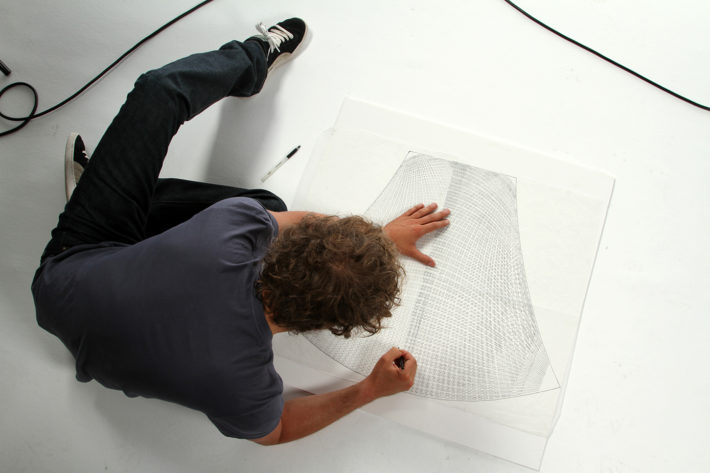
Yves Béhar, Sayl Chair, 2010.
Do me a favor, introduce yourself. Tell us something about you.
My name is Yves Béhar. I’m a designer originally from Lausanne, in Switzerland, but I live in San Francisco where I work with a team of eighty creative people.
Why San Francisco?
I arrived here in the nineties (Béhar studied at the Art Center College of Design in Pasadena, editor’s note), in a period of great changes. It was the beginning of the boom in the technological scene, and you had the feeling you were living in a really exciting place. And that feeling is still there: San Francisco is a city that embraces change, and for a designer there is nothing more stimulating than being part of a culture where new ideas dominate. And as well as the professional environment there’s the beauty of the landscape, the food, the surfing, the entertainment and the art, lots of art. It’s truly the perfect city.
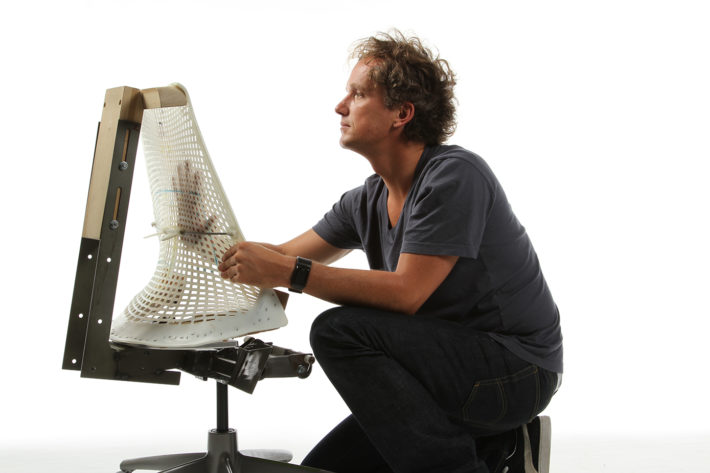
Yves Béhar, Sayl Chair, 2010.
Jasper Morrison has written that “design makes things seem special, and who wants normal if they can have special?” Do you agree?
I think that design is special and normal at one and the same time. A good design ought to make you perceive something special as if it were normal. When it’s correct, design fits perfectly into everyday life.
Who is the most special of designers? The one you would have liked to be?
I’ve always been inspired by Charles and Ray Eames. What I admire about them is the breadth of their work, the variety of their fields of interest, their unsettling but always simple and beautiful innovations, their attention to detail. I think they were really great.
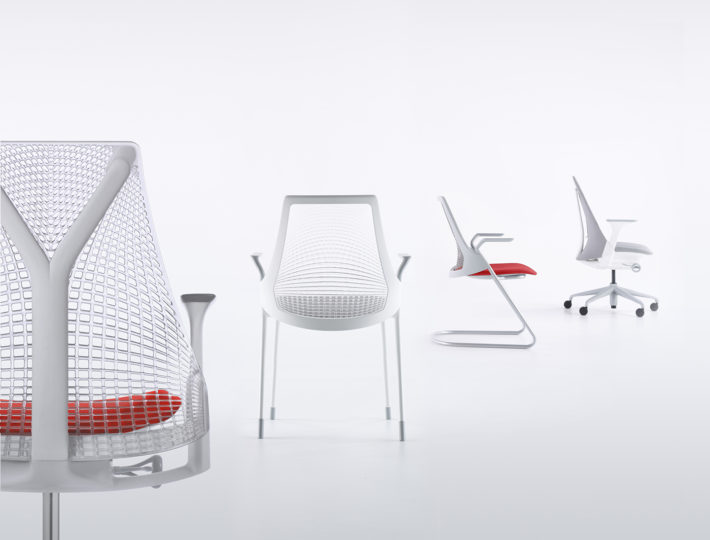
Yves Béhar, Sayl Chair, 2010.
Give me a brief definition of design.
Design accelerates the adoption of new ideas.
And what does that signify today?
It’s never been so important. At a time when technology and artificial intelligence are playing an ever more forceful part in our lives, the designer has to make sure that we are moving toward a humanistic future and not a dystopian one. Among other things, by guaranteeing the environmental sustainability of our work.
What do we need?
We have to find more sustainable modes of production and ways of life. Design has to be intelligent and accessible, so as to cover the deficiencies for all.
And what don’t we need?
We don’t need the same things. Each new product has to push us forward, into a brighter, more efficient and beautiful future. The theme of design is not what industry wants or asks for, but what it has to do to maintain its relevance.
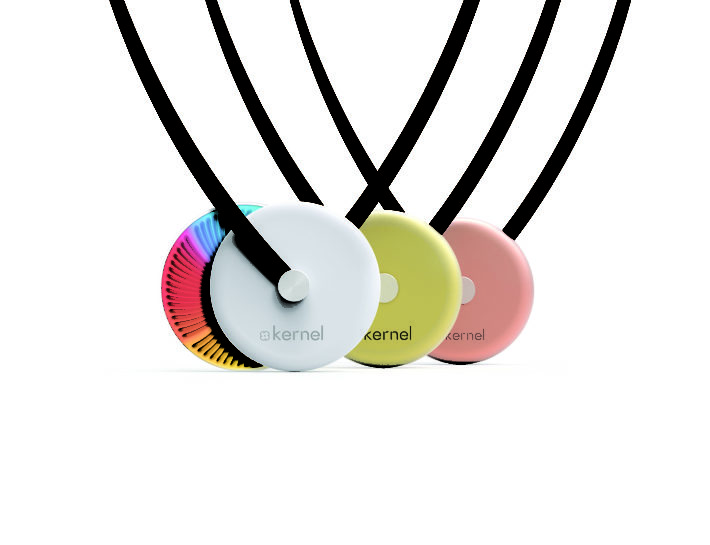
Yves Béhar, Kernel Diagnostic Amulet, 2013.
And so what are we lacking?
The more technology creates ruptures and distractions, the more we run the risk of losing the connection that binds us together. We forget how recent is the invention of the smartphone. In the last ten years we have been given the world in the palm of our hand, concentrated in a screen, but Heaven help us if we stop looking up!
What are the rules of your design?
I aim to eliminate every superfluous element and give things their simplest form. My design is minimalist from the viewpoint of form and materials, and maximalist from that of the user’s experience. It is necessary to give value to every single element.
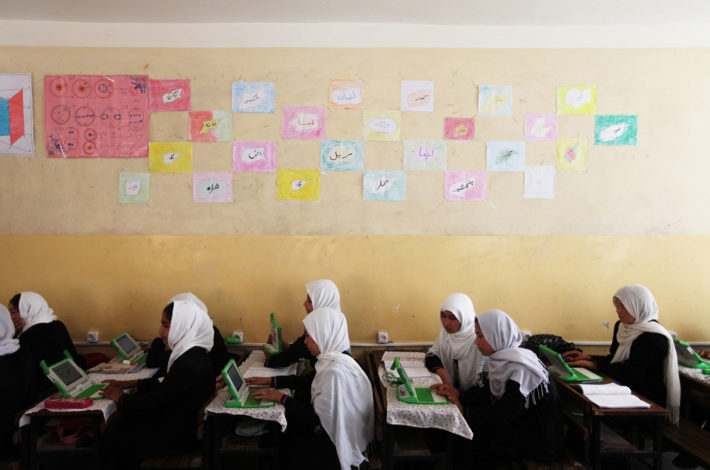
Yves Béhar, OLPC XO Laptop, 2006.
On your website you make a list of categories: innovation, strategy, brand, digital, product, activations. What is the most important?
Design has to be integrated: they are all important!
What ambitions do you have?
I’d like to transcend the definition of design in the strict sense of the word, and I’d like my work to make a contribution to society. That’s not all: I would like to influence young students to become designers.
Your greatest fear?
That technology will consume us. And it is not a remote possibility, because we are highly focused on invention and much less on design. If the technology is not designed in our best interest, the result could be dystopian.

Yves Béhar, OLPC XO Laptop, 2006.
What has been your sliding door moment, the one that changed your career?
As a boy I wanted to become a writer. I loved storytelling as a form of expression. Then as a teenager I started to build small pieces of furniture and, eventually, created equipment for myself that combined skis and windsurfer. To all intents and purposes, I had invented a new sport to practice on frozen Swiss lakes. While my parents were not at all enthusiastic about all these experiments, I realized that creating physical objects was a profound form of expression of my personality—and I haven’t looked back.
You are a successful designer.
I had the luck to establish revolutionary and lasting partnerships right from the start. Only a few years after founding Fuseproject I started to work with Herman Miller and Jawbone, and shortly afterwards it was the turn of One Laptop per Child (a nonprofit scheme to provide children in developing countries with low-cost computers, editor’s note) with Nicholas Negroponte, as well as of the Leaf Lamp (2006) and Sayl Chair (2011), both for Herman Miller. Fuseproject is only seventeen years old, but we have already done really a lot of things.
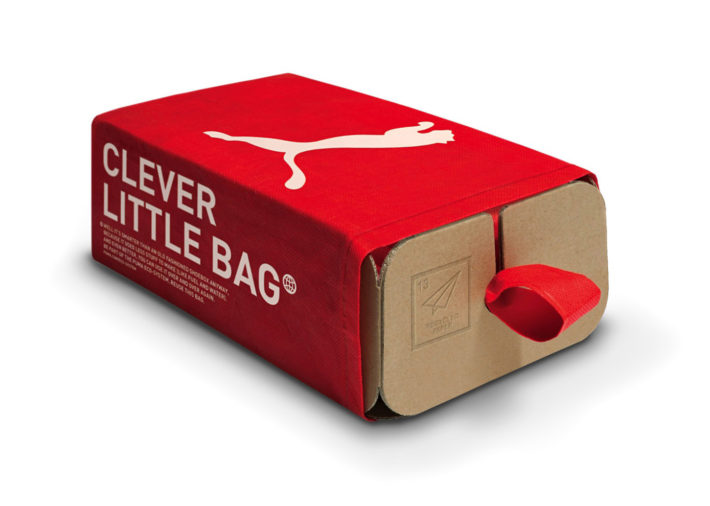
Yves Béhar, Puma Clever Little Bag, 2010.
What is weak in today’s design? And what is going to pass the test of time?
The new technologies favor a proliferation of innovations, which are not always necessary, but over the long course only the products and brands that really change your life remain.
What obstacles do you meet in practicing design?
I’d say that in today’s world the biggest challenge is the speed of change, and the Herculean strength that is still needed to take the first step in this change.
How important are aesthetics in your designs?
If design is not beautiful, it does not deserve to exist, and if it is not ethical, it doesn’t deserve to either. Beauty has the function of attracting, educating and preserving an original idea.
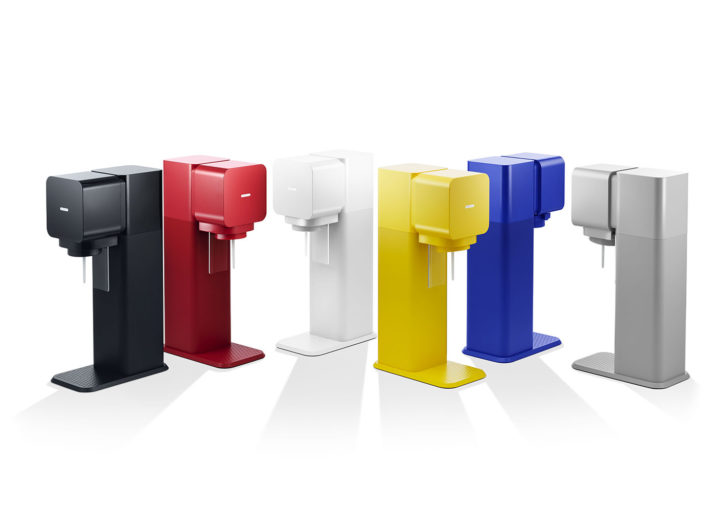
Yves Béhar, Sodastream Mix, 2015.
What is the hardest part of your work?
I’m obsessed with the process of production, with the need to make sure that products are made the way they have been designed. This can be laborious, with so many components to keep under control, but it’s worth it.
In many cases, art and design tend to fall in line with the world of fashion. How do you feel about this?
The fashion world has always made an extraordinary effort to maintain its own rhythm, its own uniqueness, and to keep the loyalty of its customers. For a designer this is important, but our work has to last longer than a season or two, and does not concern solely the product or the brand. For me, design signifies an ecosystem of ideas and values that find expression though a wide range of means.
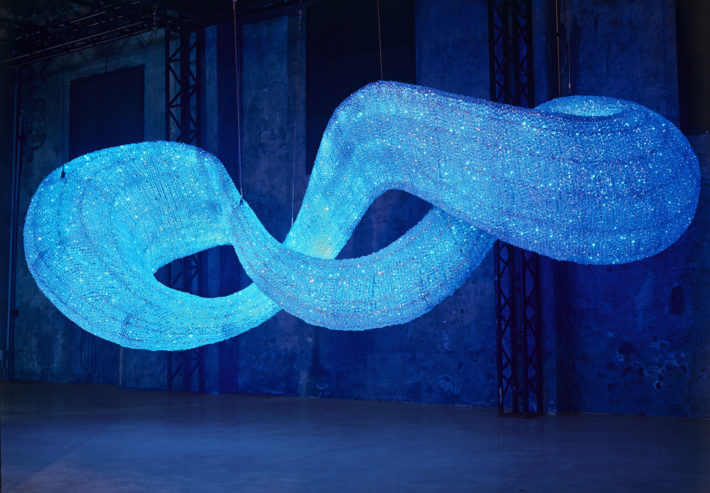
Yves Béhar, Swarovski Voyage, 2007.
Do you think you can change the world?
There are many of us who are able to do it. If your design has a positive impact on the life of a person, this means changing the world. I’ve been told of someone who made contact with their partner on the beach by playing their favorite song on a Jambox speaker—well, it may be a little thing, but I have changed someone’s life by designing those speakers. The One Laptop per Child computer was printed on banknotes in Ruanda and on stamps in Uruguay, because it has changed the way in which these countries approach education. Right now, in East Africa and South Asia our SPRING Accelerator program is helping entrepreneurs to set up businesses that improve the lives of teenagers. Every time we design something we hope it makes a difference. This is the reason for my work.
To conclude, I’d like to ask if you consider yourself a happy man?
I consider myself very lucky and happy.
Is there any reason in particular?
My family, my team, my friends, the city and my lifestyle—I wouldn’t change anything.
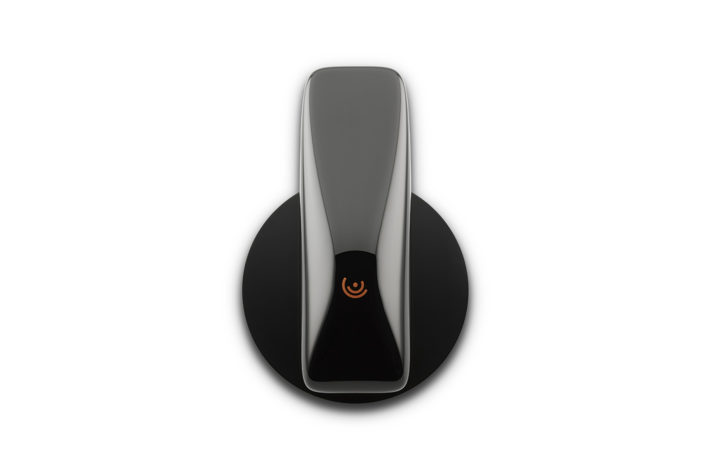
Yves Béhar, LOVE Turntable, 2017.
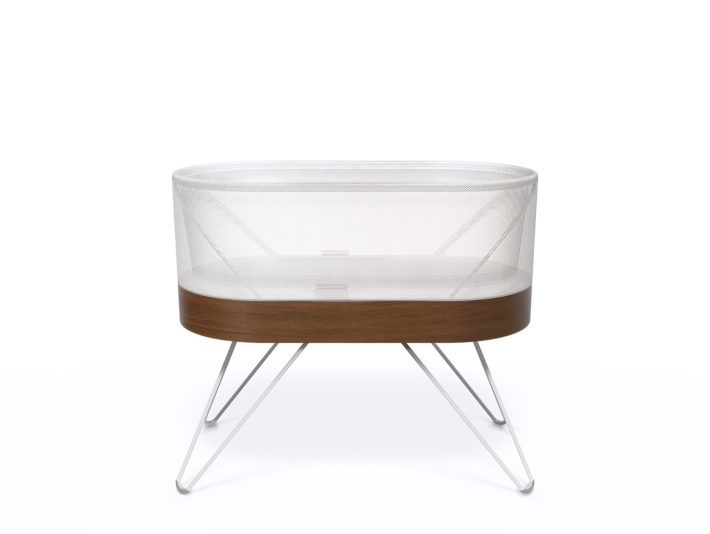
Yves Béhar, SNOO, 2016.
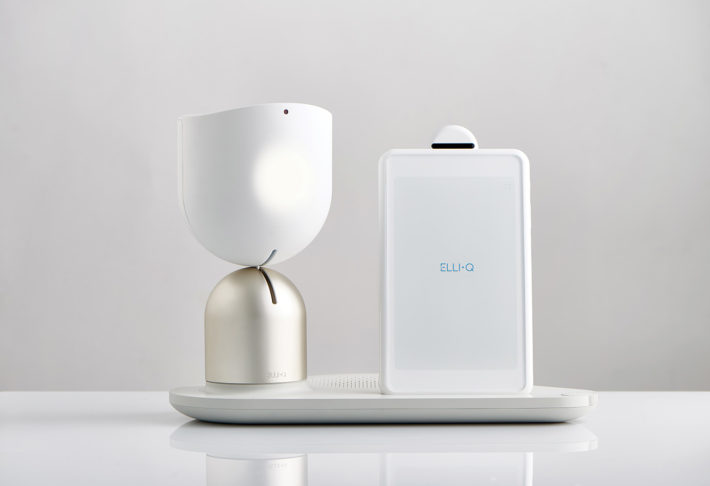
Yves Béhar, ElliQ, 2016.
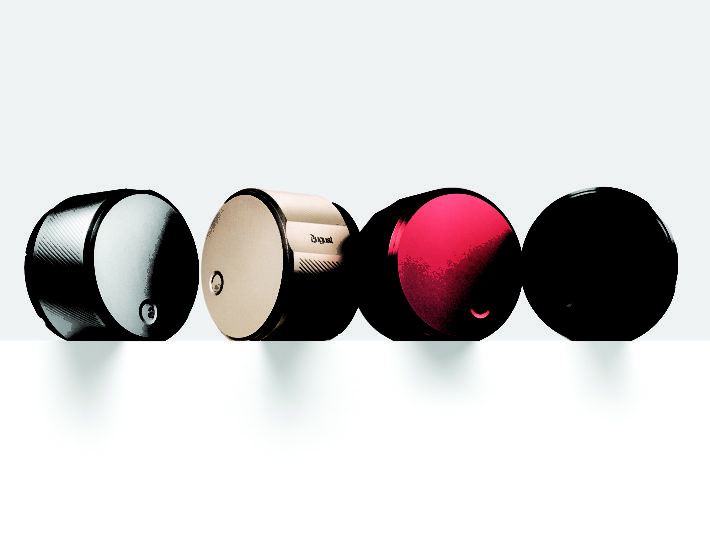
Yves Béhar, August Smart Lock, 2014.
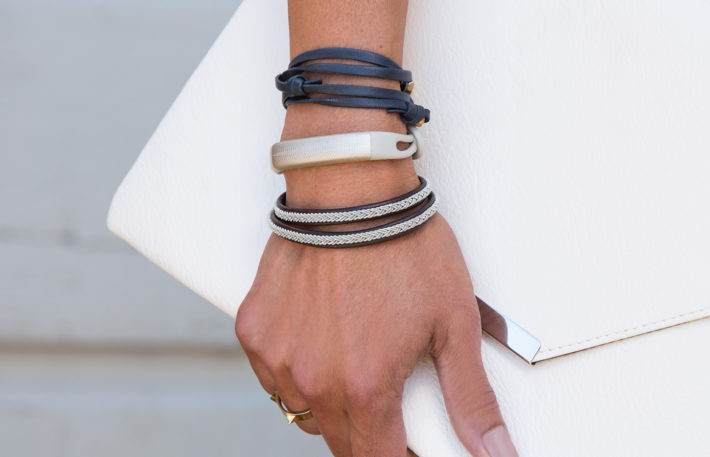
Yves Béhar, Jawbone Up, 2011-2015.
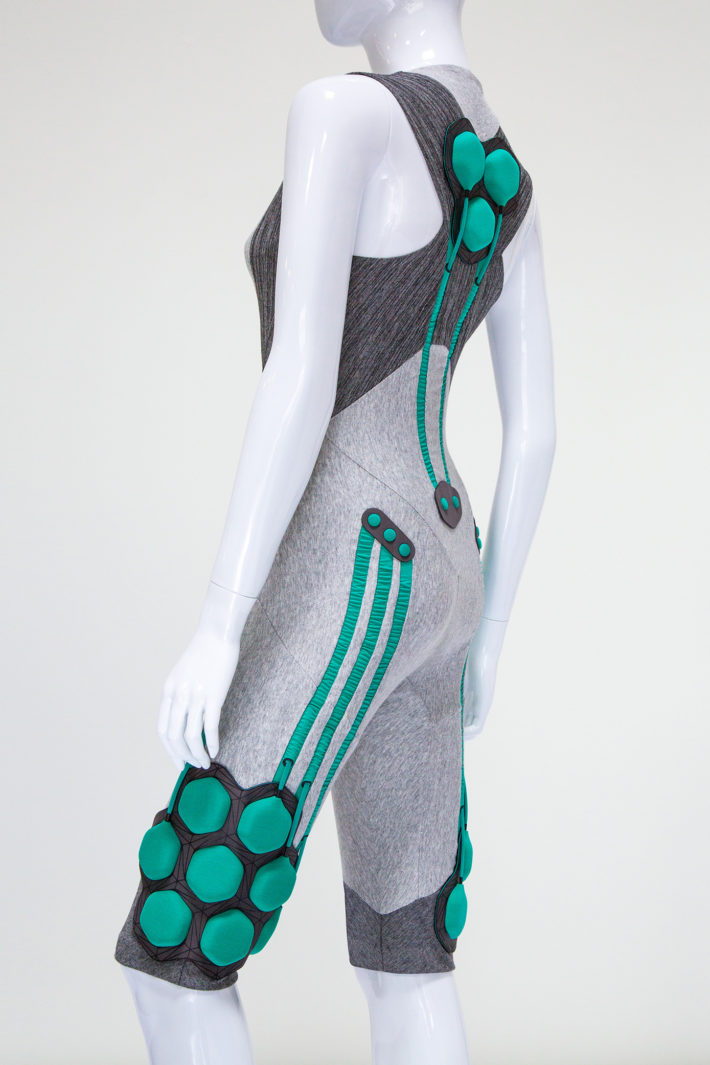
Yves Behar, Superflex, 2016.
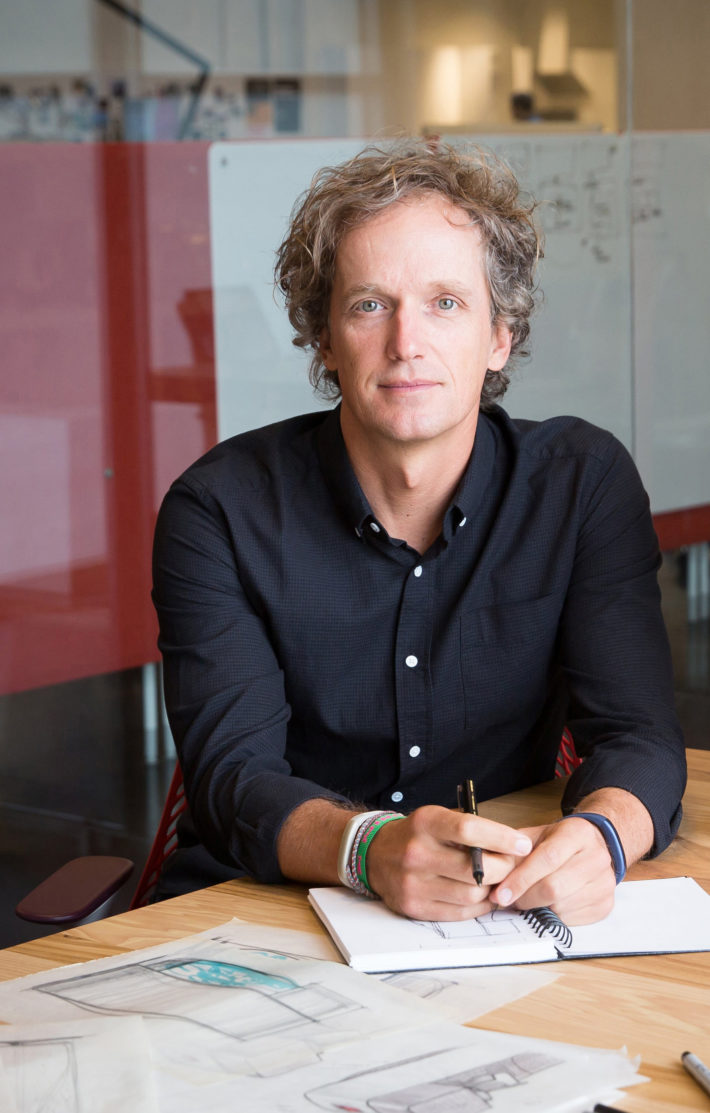
Yves Béhar.